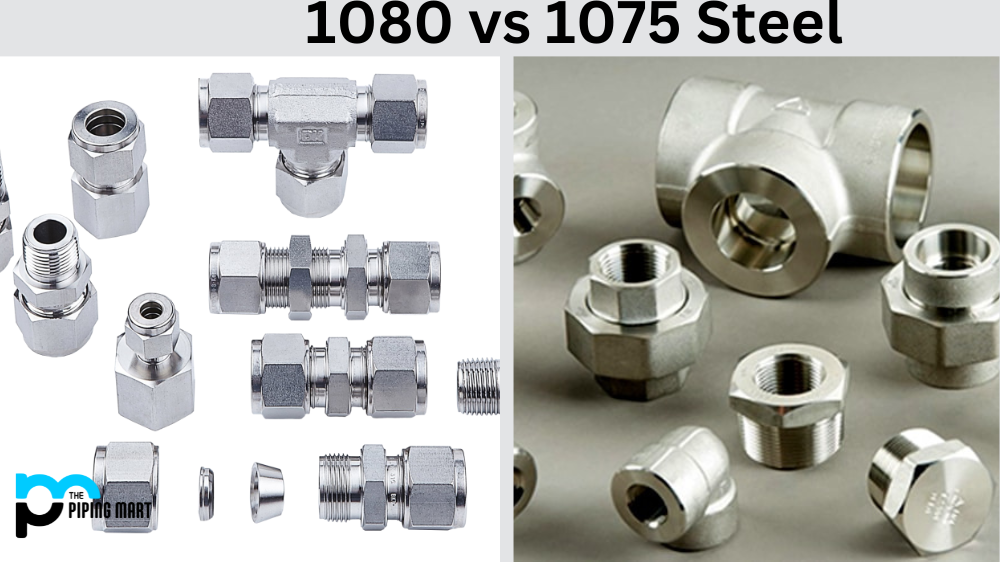For anyone who works with metal or machine parts, it can be difficult to decide which type of steel is best for their needs. Two of the most commonly used types of steel are tool steel and high-speed steel, and understanding the differences between them is essential in order to make an informed decision about which one to use. Let’s take a look at how these two types of steel compare.
What is Tool Steel?
Tool steel is a type of carbon alloy steel that has been designed for use in manufacturing tools for cutting and forming other materials. It typically contains a higher amount of carbon than other steels, around 0.6-1.5%, as well as chromium and other alloying elements such as tungsten, manganese, cobalt, molybdenum, vanadium, and nickel. This makes it harder than other steels and more resistant to wear and tear. However, this also means that it cannot be hardened or heat-treated like some other types of steel can be.
What is High-Speed Steel?
High-speed steel (HSS) is a type of tool steel that has been designed specifically for machining metals at high speeds without losing its edge or becoming too brittle. It typically contains elements such as molybdenum, tungsten, vanadium, cobalt, chrome and manganese, which increase its hardness and resistance to wear when compared to other types of steel. This makes HSS ideal for applications where high cutting speeds are necessary, such as drilling or milling metal parts; however, because HSS cannot be hardened or heat treated like tool steels can, it may not be suitable for some applications where strength is required over speed.
Tool Steel vs High-Speed Steel – What’s the Difference
- Tool steel is a type of carbon steel that is well-suited for making tools. It is hard and durable and can withstand high temperatures.
- High-speed steel is a type of tool steel that is designed to be used at high speeds. It is often used in power-driven cutting tools, such as drill bits and saw blades.
- Tool steel is generally more expensive than high-speed steel.
- High-speed steel is typically used for cutting tools that are operated at high speeds, such as drill bits and saw blades.
- Tool steel can be used for a variety of applications, including cutting tools, dies, and punches.
Conclusion:
When deciding between tool steel vs high-speed steel for your metalworking projects, there are many factors to consider, including cost, hardness/toughness requirements and the desired cutting speeds needed for optimal results. In general, tool steels are better suited for applications where strength is desired, while HSS is best used when fast cutting speeds are needed with minimal edge loss over time due to wear from abrasion or friction forces. Both types have their own unique benefits, so understanding the differences between them will help you make an informed decision about which one best fits your particular needs.
Meet Heer, a dynamic and driven writer learning tricks of her trade in the metal industry. With a background in Digital Marketing, Heer brings a unique perspective to her writing, sharing valuable insights. Apart from blogging she like reading and hiking.




